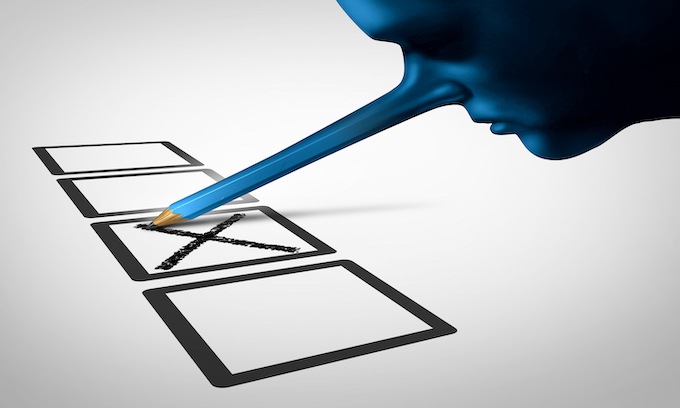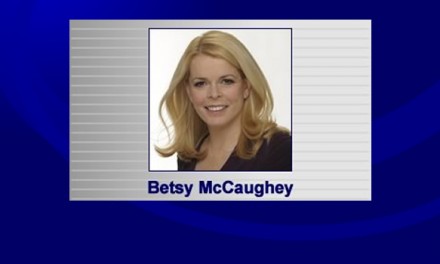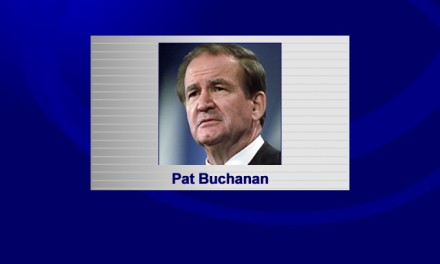California needs a statewide initiative to add a voter ID requirement to the state constitution.
What would it take to do that? An election lawyer to draft it, $2,000 to file it, and enough money and volunteers to collect about 1.5 million signatures from registered voters in six months or less.
Why does California need a voter ID law? Because we’ve been had. In 2019, then-Secretary of State Alex Padilla decertified all the old voting systems in the state and forced every county to buy new technology that tallies scans of ballots instead of paper ballots directly. We were told to have confidence in high-tech voting because there would always be a voter-verified paper ballot. We were promised a paper trail that could be used to verify election results.
What a complete con job that has turned out to be.
In Los Angeles County, for example, the paper trail is effectively shredded as the ballots come in. Every ballot is scanned and then stored. By the time the results are certified, millions of ballots are mixed up, unsorted, in boxes, in storage.
Under state law, members of the public have the right to request and pay for a recount. However, L.A. County Registrar Dean Logan contends that the cost of a recount now includes the cost of paying teams of county workers to dig through storage boxes for weeks to find the paper ballots for that particular race.
The price of a recount in L.A. County now starts at about $200,000 just to get the ballots, before the cost of paying for the recount itself is even calculated.
What’s worse, a Superior Court judge in Los Angeles County just ruled that this is perfectly fine.
That ruling from Judge Mitchell Beckloff came in a lawsuit filed by the Long Beach Reform Coalition against Logan over the cost of recounting the election for Measure A, which indefinitely extended a city sales tax increase. Measure A was on the March 2020 ballot. “No” votes led “yes” votes on election night and in every update of the vote totals until the very last one, when the measure jumped to a 16-vote victory and the results were quickly certified by the county.
The LBRC requested a recount and raised tens of thousands of dollars to pay for it, based on the estimated recount costs in the county’s 2020 handbook on requesting a recount.
But those cost estimates, the county later said, were no longer operative. They were based on the old voting system, back when county workers sorted the ballots by precinct before storing them. Under the new “Voting Systems for All People” or VSAP system, which was custom-built to Logan’s specifications, there are no procedures for sorting paper ballots at all. The ballots are scanned. The scans are tallied. The “paper trail” may as well have been fed into a cross-cut shredder. It’s never seen again.
There are currently 5.8 million registered voters in L.A. County. That’s roughly 25% of all the registered voters in California, and for all practical purposes, there is no way for the public to verify that the computers tallying the scans of ballots are accurately counting the votes.
The Long Beach group asked the judge to order the county to retrieve the roughly 100,000 Long Beach ballots at government expense as part of the normal work of election administration, so the recount requestors could then pay the customary cost for panels of county workers to recount the election. But Logan argued that it isn’t his problem if the new voting system adds hundreds of thousands of dollars to the cost of a recount. He said there’s no legal requirement that compels his office to sort ballots by precinct just to make recounts affordable again. The judge agreed.
Do you agree?
What has happened with our elections is one of the worst bait-and-switch stories in U.S. history. Voters were promised a paper trail to verify computer-tallied election results, but we didn’t get one. What we did get was a lot of new laws and election regulations that create more ways to vote, more days to vote, automatic voter registration at the Department of Motor Vehicles, same-day voter registration, universal mail voting, unattended ballot drop boxes, remote access vote-by-mail, and vote centers with glitchy electronic poll books instead of local polling places with viewable, printed, paper rosters.
That would all be fine if the results of close races could be verified by an audit of the paper ballots, and if we had a voter ID law in California to verify that ballots are cast by real voters. “A total of 36 states have laws requesting or requiring voters to show some form of identification at the polls,” reports the National Conference of State Legislatures. In Ohio, for example, voters must present an ID to vote, otherwise they must vote provisionally and return to show ID within 10 days. In California, however, no document is required to vote.
California needs a law that requires counties to sort and store ballots by precinct, and it needs a law that requires voter ID while also making sure every eligible voter can easily obtain the acceptable identification documents.
If courts are not interested in issues related to election integrity, we have the tools of direct democracy to address the problem. The initiative, the referendum and the recall have been in the hands of California voters since 1911. Sometimes old technology works just fine.
Write Susan Shelley: [email protected] and follow her on Twitter: @Susan_Shelley.
___
(c)2021 The Orange County Register (Santa Ana, Calif.)
Visit The Orange County Register (Santa Ana, Calif.) at www.ocregister.com
Distributed by Tribune Content Agency, LLC.
—-
This content is published through a licensing agreement with Acquire Media using its NewsEdge technology.



















Voter ID from the communist Democrats? It will never happen!
EVERY STATE should have had “Voter ID laws”, ever since we HAD PHOTO IDS!
But what is anyone doing about it especially in the gop? we should not be using machines period! They are too easy to hack and manipulate from afar. We should have in person voting only with id period. We can no longer trust our election systems period its been rigged for decades. we want our votes and voices count!!
I had a nice long chat with a gal, while waiting for the local library to open today, who was asking for me to sign a petition, to ‘expand gun free zones’… I asked her “SO IF YOU ARE fully ok with restricting ONE RIGHT (The 2nd amendment), are you thus OK with restricting another right (Voting) by saying ONLY THOSE who say served in the military can vote”. You should have seen her have a kniptchen fit..